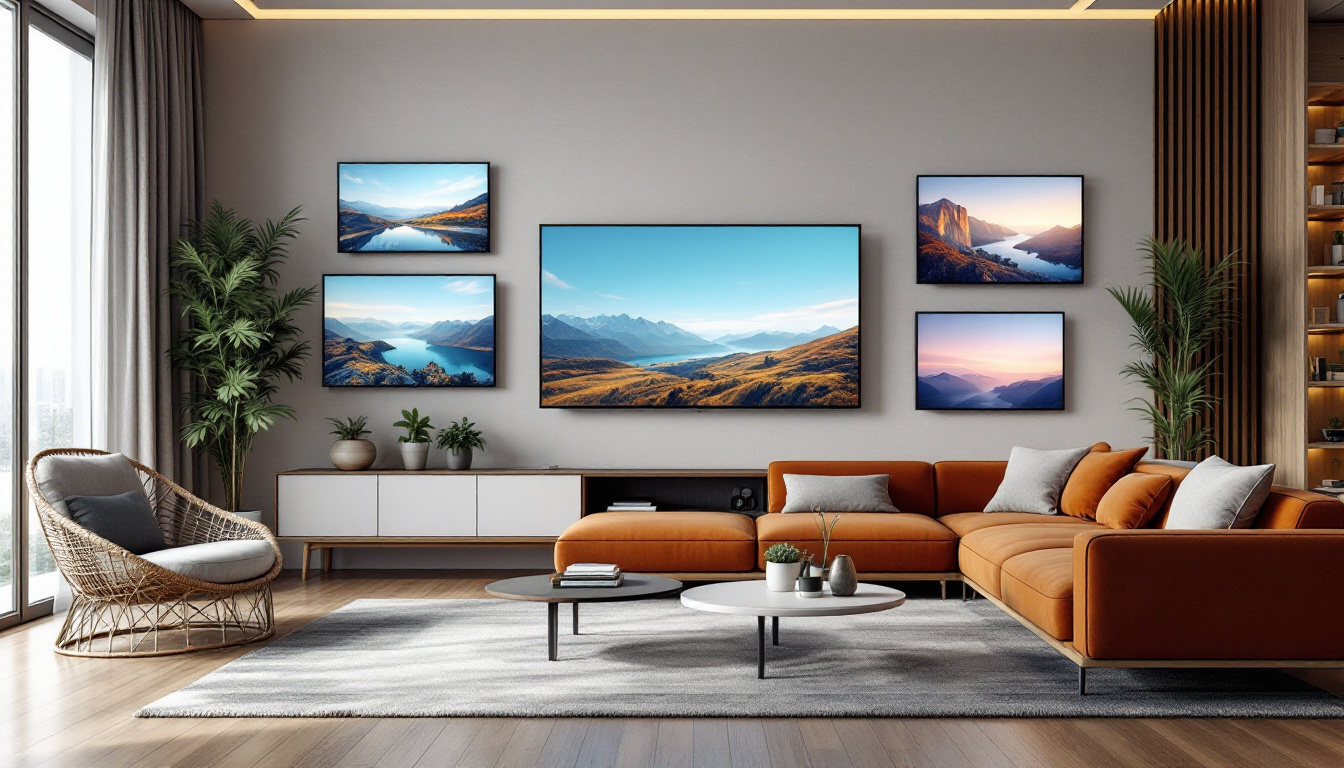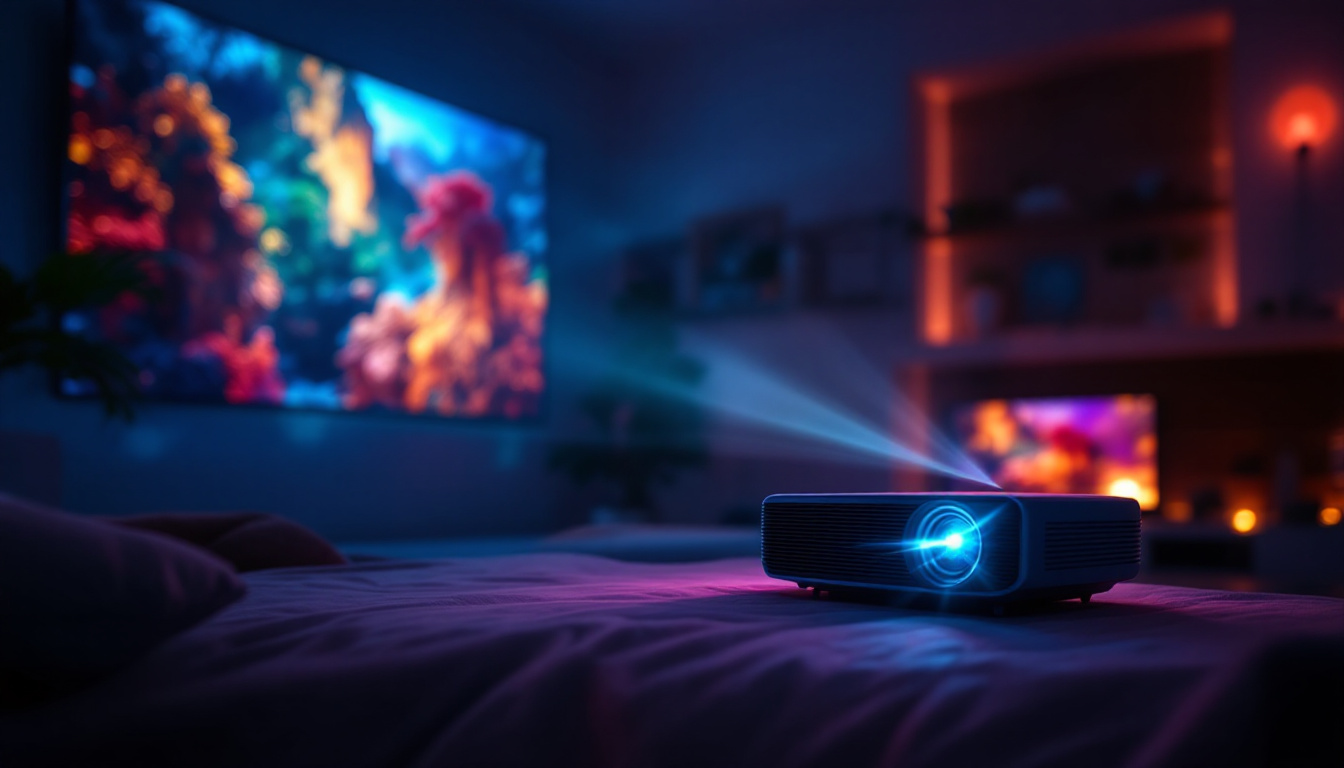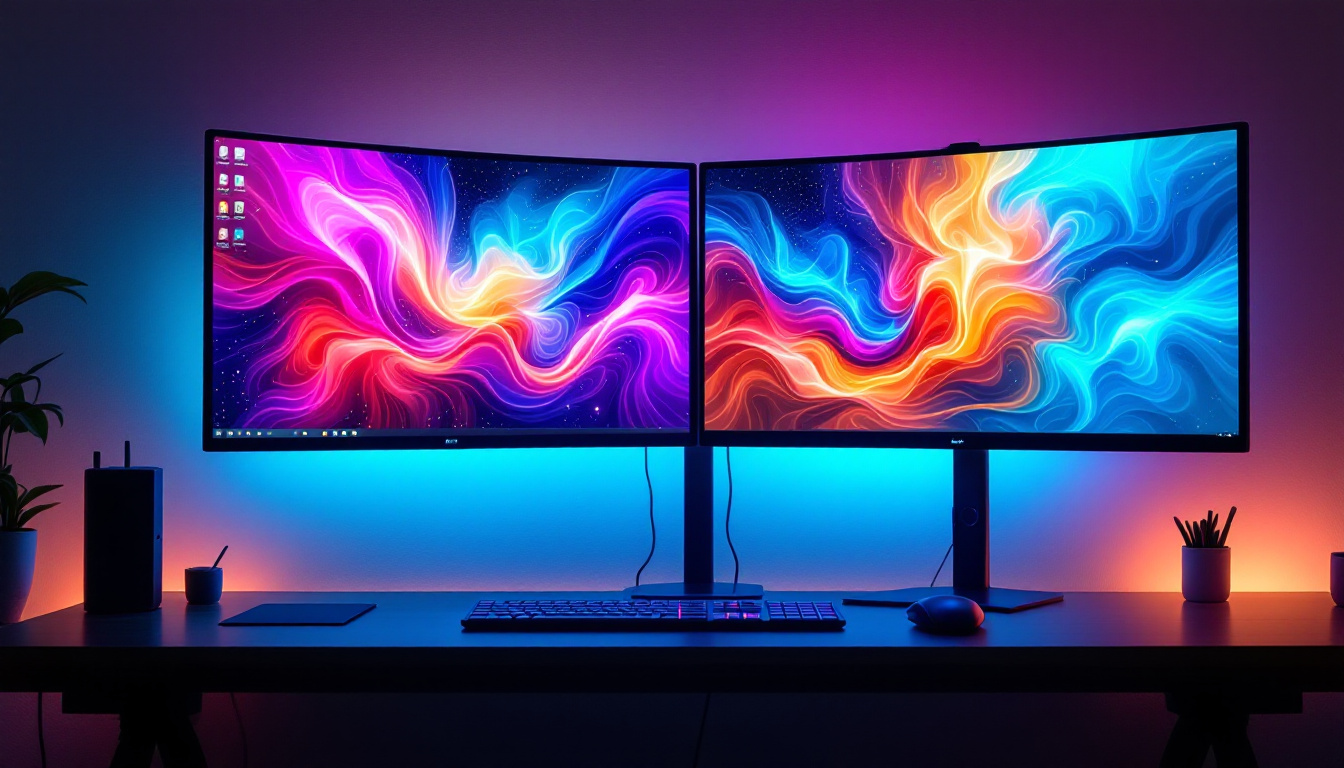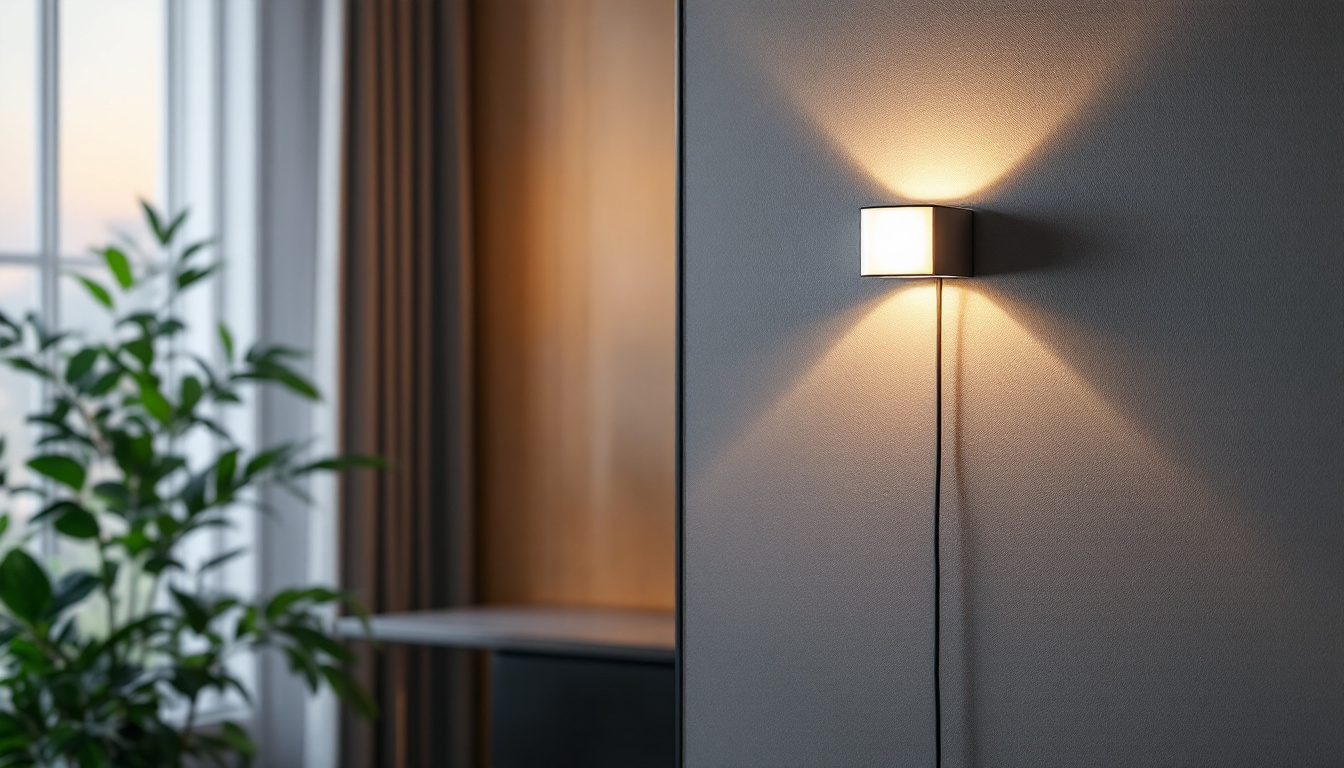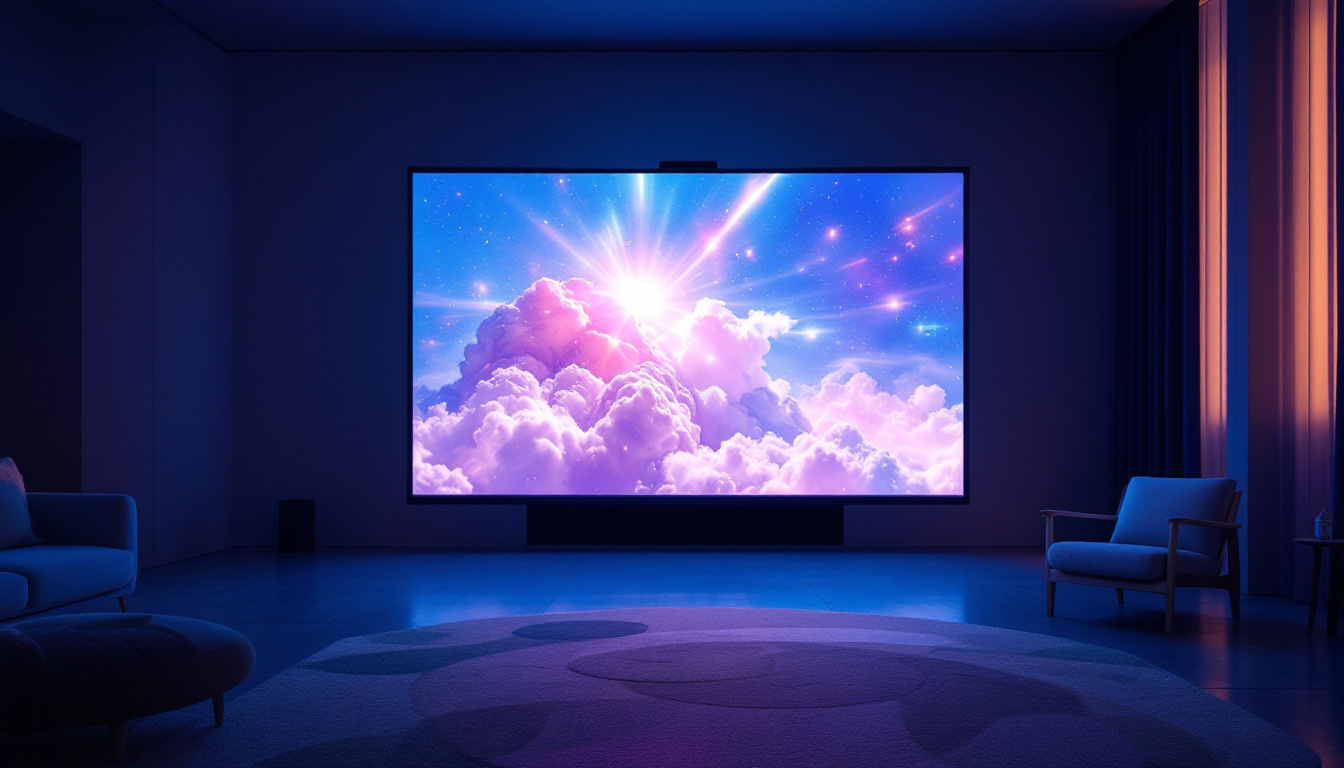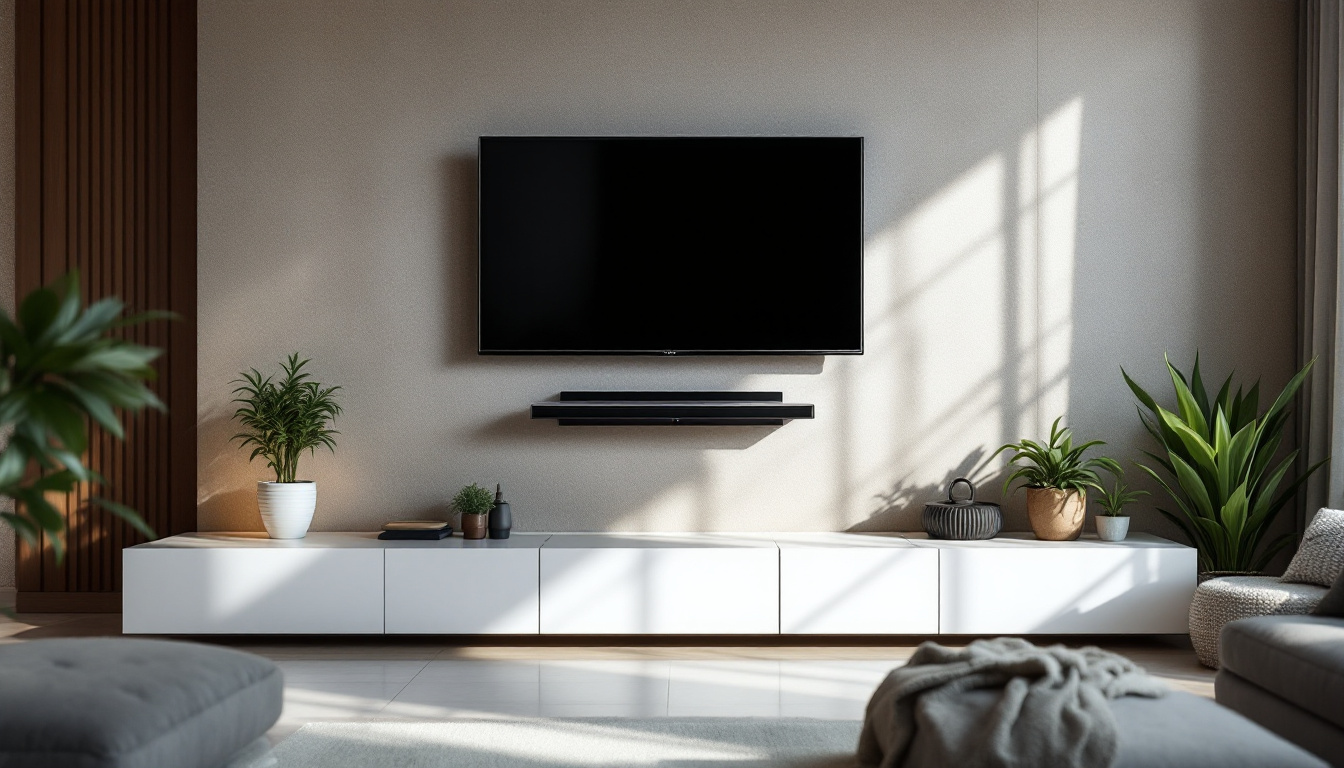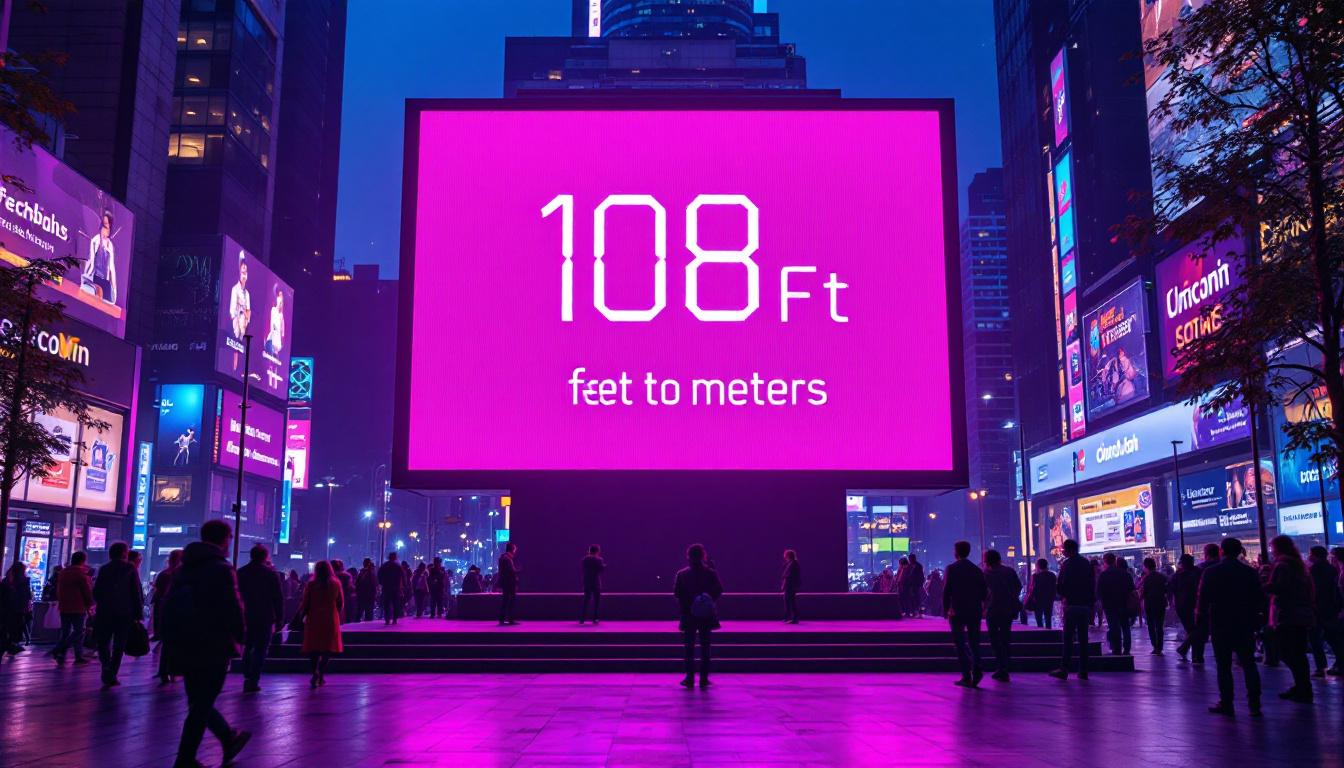Standard TV Sizes: LED Display Explained
In the rapidly evolving world of home entertainment, understanding standard TV sizes and the technology behind LED displays is crucial for making informed purchasing decisions. With a plethora of options available, consumers often find themselves overwhelmed by technical jargon and specifications. This article aims to demystify LED displays and provide insights into standard TV sizes, helping you choose the right television for your needs.
Understanding LED Technology
Light Emitting Diode (LED) technology has revolutionized the way we experience visual media. Unlike traditional LCD televisions that utilize fluorescent backlighting, LED TVs employ tiny diodes that emit light, resulting in enhanced brightness, contrast, and energy efficiency. This section explores the fundamentals of LED technology and its impact on viewing experiences.
How LED Displays Work
LED displays operate by using a matrix of pixels, each consisting of red, green, and blue sub-pixels. When these sub-pixels are illuminated in varying intensities, they combine to create a full spectrum of colors. The ability to control each pixel independently allows for deeper blacks and brighter whites, contributing to a more dynamic picture quality.
Furthermore, there are two primary types of LED displays: edge-lit and backlit. Edge-lit LED TVs have LEDs positioned around the screen’s perimeter, while backlit models feature a full array of LEDs behind the screen. The latter generally offers superior contrast and color accuracy, making it a preferred choice for avid viewers. Additionally, advancements in local dimming technology have further enhanced the performance of backlit displays by allowing specific areas of the screen to dim or brighten independently, resulting in even more dramatic contrasts and lifelike images.
Benefits of LED Displays
One of the most significant advantages of LED technology is its energy efficiency. LED TVs consume less power compared to their older counterparts, which not only reduces electricity bills but also minimizes environmental impact. Additionally, LED displays are thinner and lighter, allowing for sleeker designs that fit seamlessly into modern living spaces. This compact design has also paved the way for innovative mounting solutions, such as wall mounts and stands that enhance the aesthetic appeal of any room.
Moreover, LED technology provides improved viewing angles and faster response times, making it ideal for fast-paced content such as sports and action movies. The combination of these features results in a more immersive viewing experience, appealing to both casual viewers and dedicated cinephiles. In addition, many LED TVs now come equipped with smart technology, allowing users to access streaming services, browse the internet, and connect with other smart devices in their homes. This integration of technology not only enhances the viewing experience but also transforms the television into a multifunctional entertainment hub, catering to the diverse needs of today’s consumers.
Standard TV Sizes: A Comprehensive Guide
When selecting a television, size is often one of the most critical factors. Standard TV sizes vary widely, typically ranging from 32 inches to over 85 inches. Choosing the right size depends on several factors, including room dimensions, viewing distance, and personal preferences. This section outlines the most common sizes and their suitability for different environments.
Small to Medium-Sized TVs (32″ to 55″)
Small to medium-sized TVs are ideal for bedrooms, kitchens, or smaller living rooms. A 32-inch TV is perfect for a cozy space, offering a comfortable viewing experience without overwhelming the room. As the size increases to 40 inches and beyond, these TVs become more suitable for moderate-sized living areas, providing a balance between screen real estate and space efficiency.
For instance, a 50-inch TV is often recommended for viewing distances of around 6 to 8 feet, while a 55-inch model can accommodate slightly larger rooms. These sizes are versatile and cater to various viewing preferences, making them popular choices among consumers. Additionally, many small to medium-sized TVs are equipped with smart technology, allowing users to access streaming services and apps directly from their devices, enhancing the overall entertainment experience.
Large TVs (60″ to 75″)
As screen sizes increase, so does the immersive experience. Large TVs, ranging from 60 to 75 inches, are designed for spacious living rooms or home theaters. These models are perfect for viewers who enjoy watching movies or sports with family and friends, as they provide a cinematic experience that draws viewers into the action.
A 65-inch TV, for example, is best suited for viewing distances of 8 to 10 feet, while a 75-inch model can be enjoyed from distances of 10 to 12 feet. When investing in a larger TV, it’s essential to consider the layout of the room to ensure optimal viewing angles and comfort. Moreover, many large TVs come with advanced features such as 4K resolution and HDR support, which significantly enhance picture quality, making colors more vibrant and details more pronounced, thus elevating the viewing experience to new heights.
Extra-Large TVs (Above 75″)
For those seeking the ultimate viewing experience, extra-large TVs exceeding 75 inches offer an unparalleled level of immersion. These models are often found in dedicated home theaters or expansive living spaces, where they serve as the centerpiece of entertainment. With screen sizes reaching up to 85 inches or more, they provide a truly cinematic experience.
However, it’s crucial to assess the room size and viewing distance when considering an extra-large TV. A screen that is too large for the space can lead to discomfort and strain during extended viewing sessions. Experts recommend a viewing distance of at least 12 feet for an 85-inch TV to ensure an enjoyable experience. Additionally, many of these extra-large TVs are equipped with cutting-edge technology, such as OLED or QLED displays, which offer superior contrast and color accuracy, making them ideal for movie nights or gaming sessions. As an added bonus, some models even come with built-in sound systems that enhance audio quality, eliminating the need for additional speakers and simplifying the setup process for home entertainment enthusiasts.
Choosing the Right TV Size for Your Space
Selecting the appropriate TV size involves more than just personal preference; it requires careful consideration of the room layout, viewing distance, and intended use. This section provides practical tips to help consumers make the best choice for their home entertainment setup.
Measuring Your Space
Before purchasing a new television, it’s essential to measure the space where it will be placed. Consider the dimensions of the room, including the height of furniture and the distance from the seating area to the TV. A common rule of thumb is to multiply the screen size by 1.5 to determine the ideal viewing distance. For example, a 55-inch TV would be best viewed from approximately 6.5 to 8.5 feet away.
Additionally, take into account any obstructions, such as shelves or windows, that may affect the viewing angle. Ensuring that the TV is at eye level when seated will enhance the overall experience and reduce neck strain. Moreover, consider the lighting in the room; glare from windows or overhead lights can significantly impact picture quality. Using blackout curtains or strategically placing the TV away from direct light sources can help maintain optimal viewing conditions.
Considering Room Layout and Seating Arrangements
The layout of the room plays a significant role in determining the right TV size. In open-concept spaces, a larger TV may be necessary to fill the visual gap, while in more enclosed areas, a smaller model may suffice. Evaluate the seating arrangements and ensure that all viewers have a clear line of sight to the screen.
Furthermore, consider the type of content that will be viewed most frequently. For example, if the primary use is for gaming or sports, a larger screen may enhance the experience, while a smaller TV may be adequate for casual viewing or streaming shows. It’s also worth noting that the height at which the TV is mounted can impact the viewing experience; mounting it too high can lead to discomfort, while a lower placement can create a more immersive feel, especially for cinematic experiences.
Future-Proofing Your Purchase
Investing in a television is a significant decision, and it’s essential to consider future needs as well. As technology continues to advance, larger screens and higher resolutions are becoming the norm. Opting for a slightly larger TV than initially planned can provide longevity, ensuring that the television remains relevant as viewing habits evolve.
Additionally, consider features such as 4K resolution, HDR compatibility, and smart capabilities when selecting a TV. These advancements not only enhance picture quality but also ensure that the television remains compatible with future content and streaming services. As the landscape of entertainment continues to shift towards streaming platforms, having a smart TV with built-in apps can streamline your viewing experience, eliminating the need for additional devices and reducing clutter in your entertainment area. Keeping an eye on emerging technologies, such as OLED and QLED displays, can also help you make a more informed decision that aligns with your long-term viewing preferences.
Conclusion
Understanding standard TV sizes and LED display technology is vital for making informed decisions in the ever-changing landscape of home entertainment. With options ranging from small to extra-large, consumers can find the perfect fit for their space and viewing preferences.
By considering factors such as room dimensions, viewing distance, and future needs, individuals can select a television that not only meets their current requirements but also adapts to their evolving entertainment landscape. As technology continues to advance, staying informed will ensure that your investment in a new TV provides enjoyment for years to come.
Whether you are a casual viewer or a dedicated cinephile, understanding the nuances of TV sizes and LED technology will empower you to make the best choice for your home entertainment experience.
Explore the Future of Home Entertainment with LumenMatrix
Ready to elevate your viewing experience with the latest in LED display technology? LumenMatrix is at the forefront of innovation, offering a wide range of LED display solutions tailored to your needs. From immersive Indoor LED Wall Displays to dynamic Outdoor LED Wall Displays, and from versatile Vehicle LED Displays to sleek LED Poster Displays, our products are designed to captivate and engage. Discover the perfect LED Sports Display for the ultimate game day, transform spaces with Floor LED Displays, or customize your message with Custom LED Displays. Experience the convenience of All-in-One LED Displays, the clarity of LED Transparent Displays, and more. Embrace the future of visual communication and Check out LumenMatrix LED Display Solutions today to share your message with impact and clarity.

